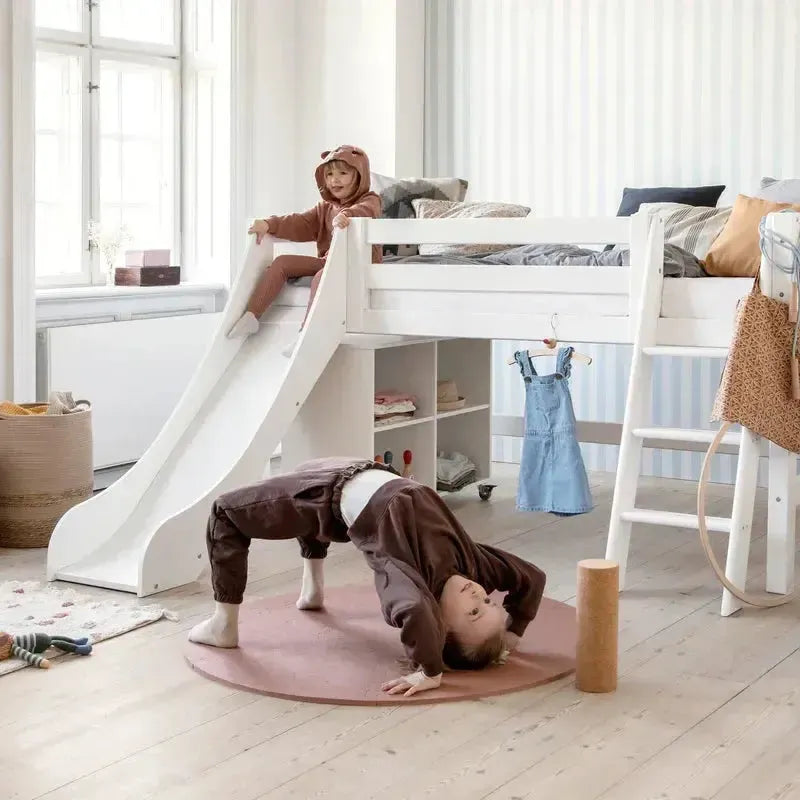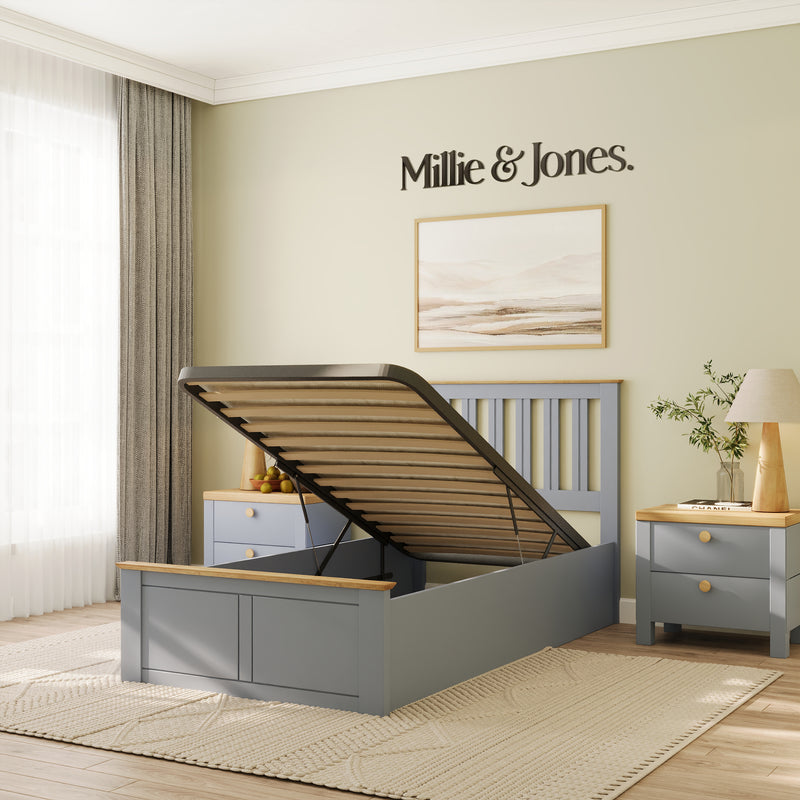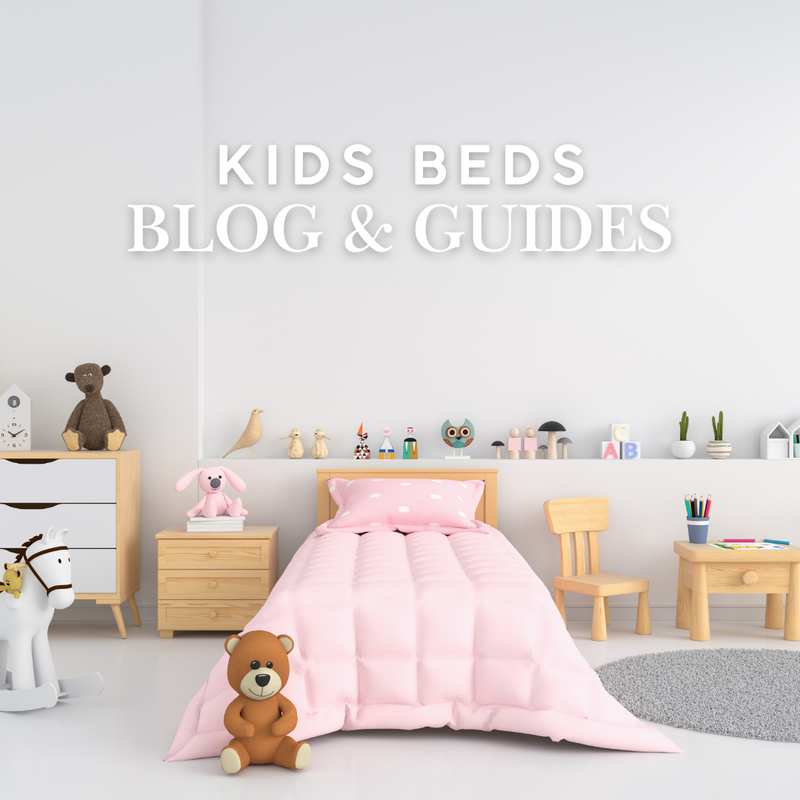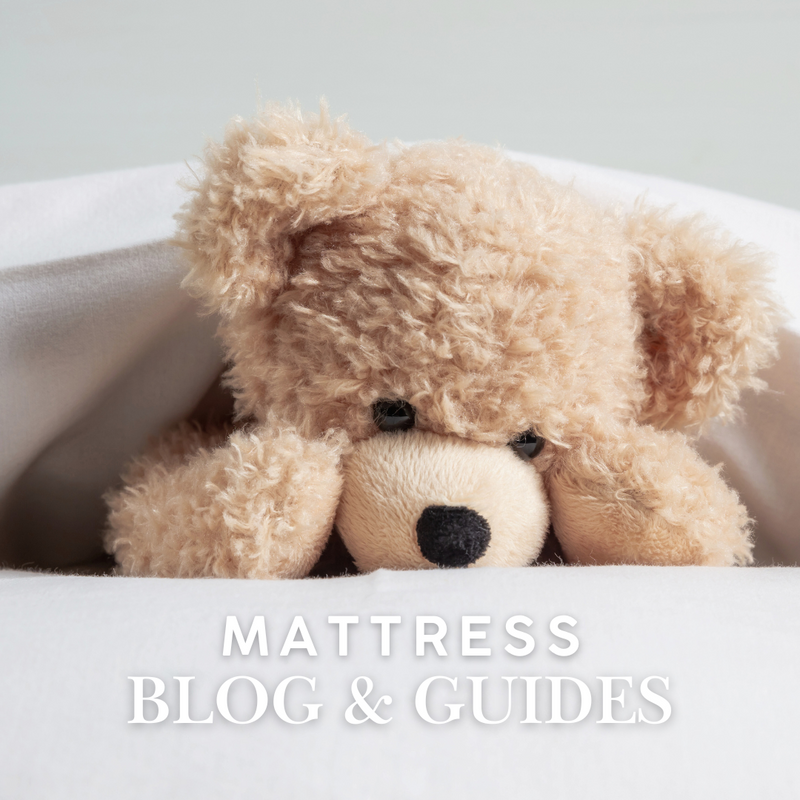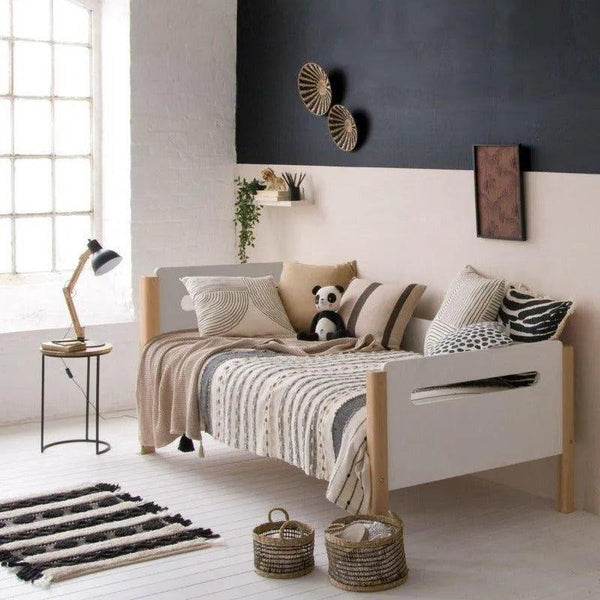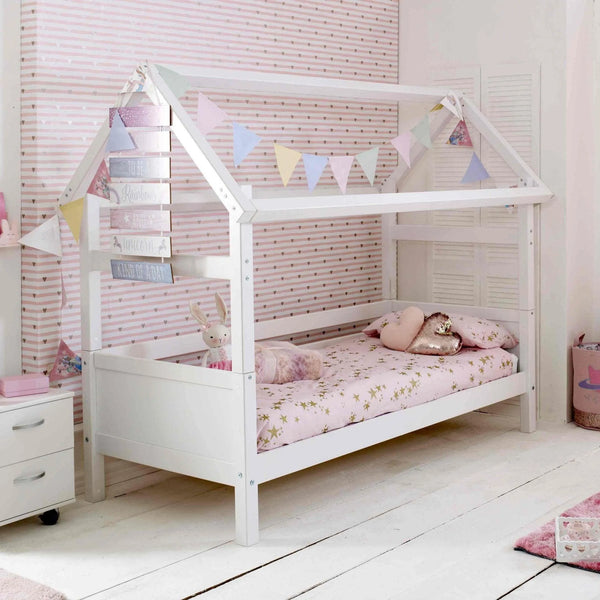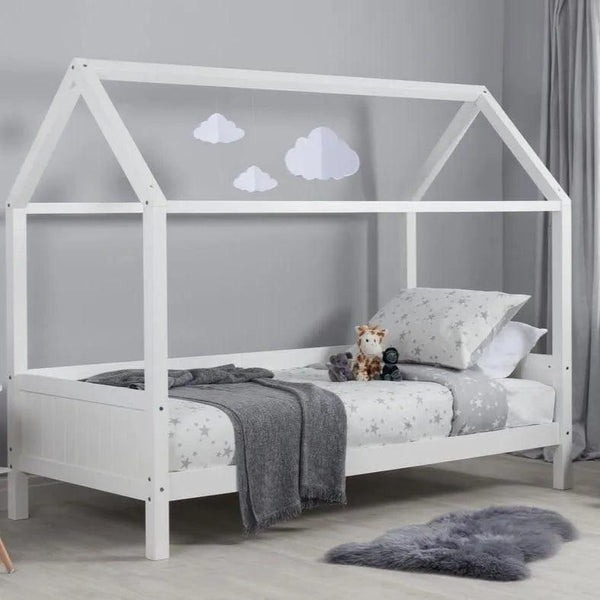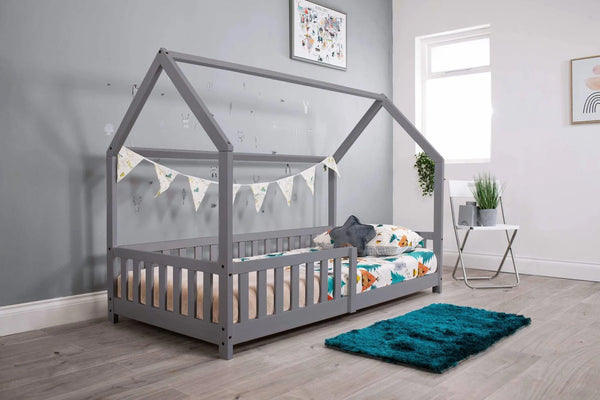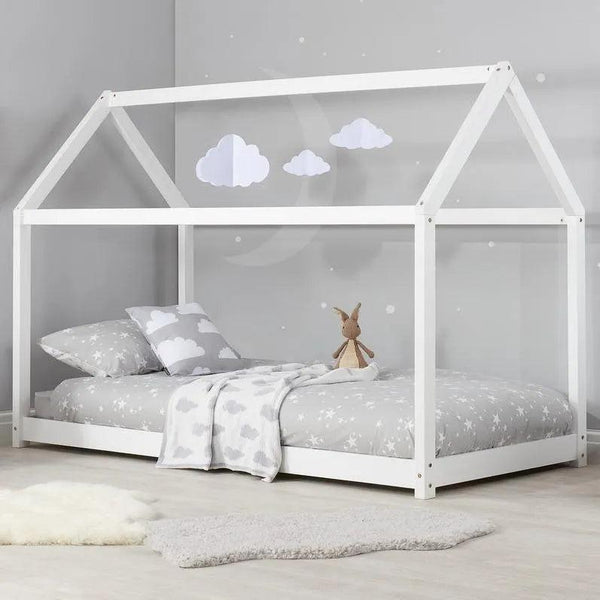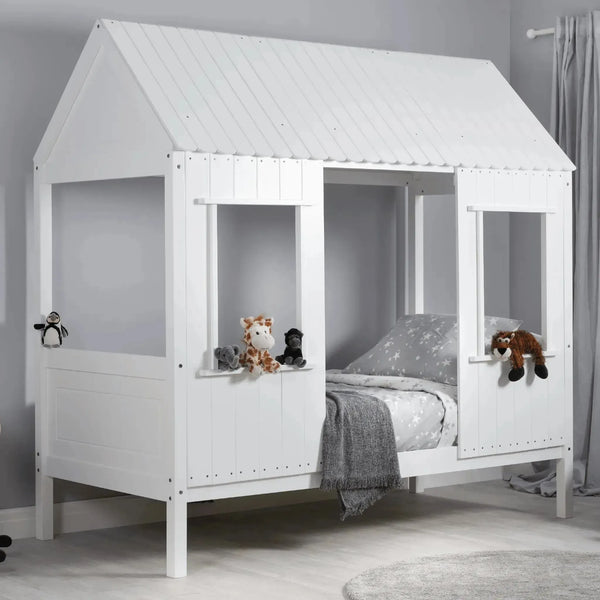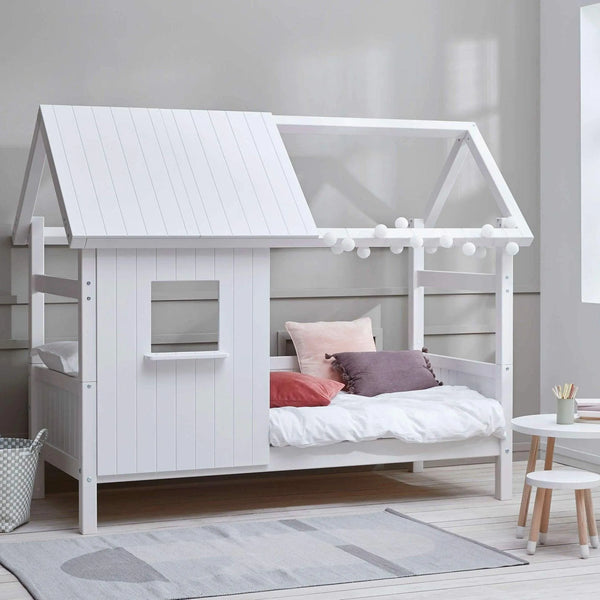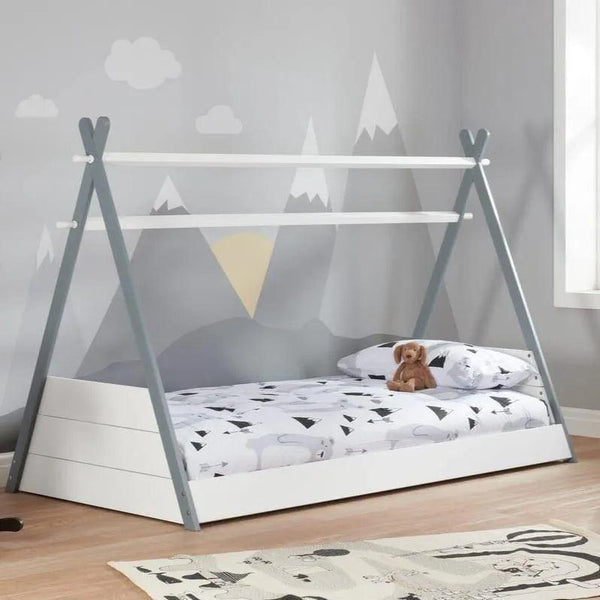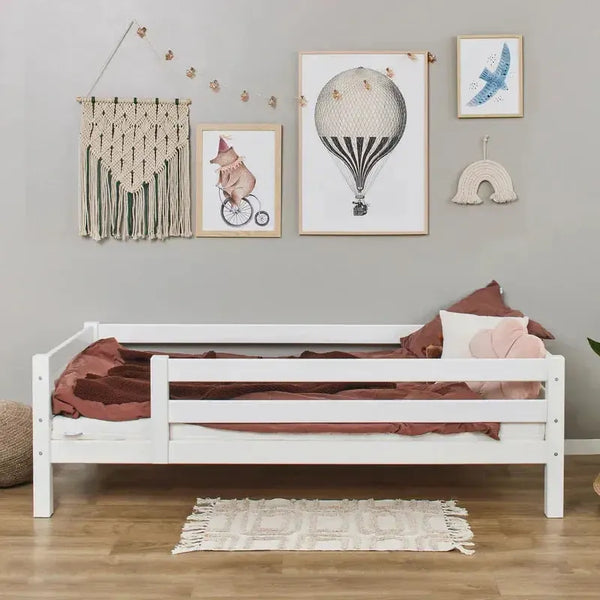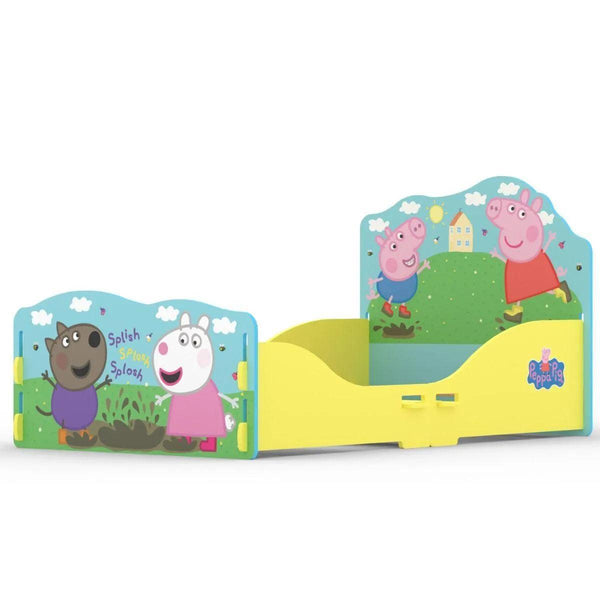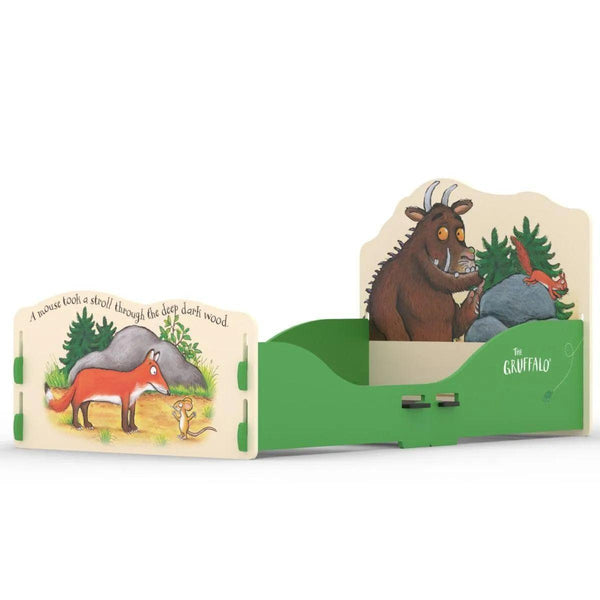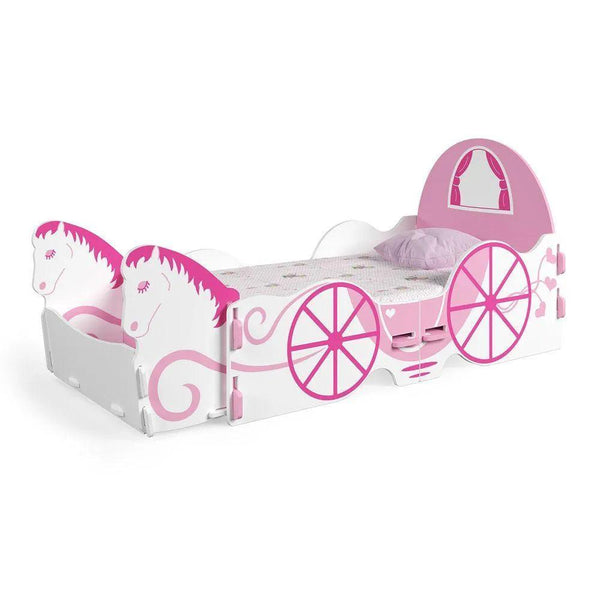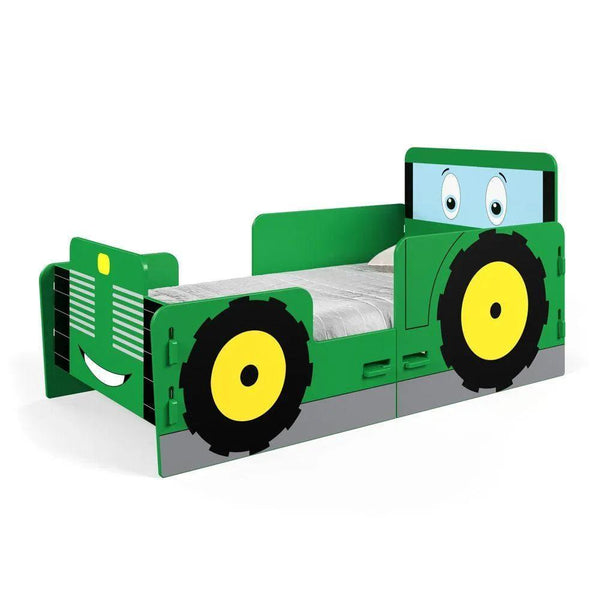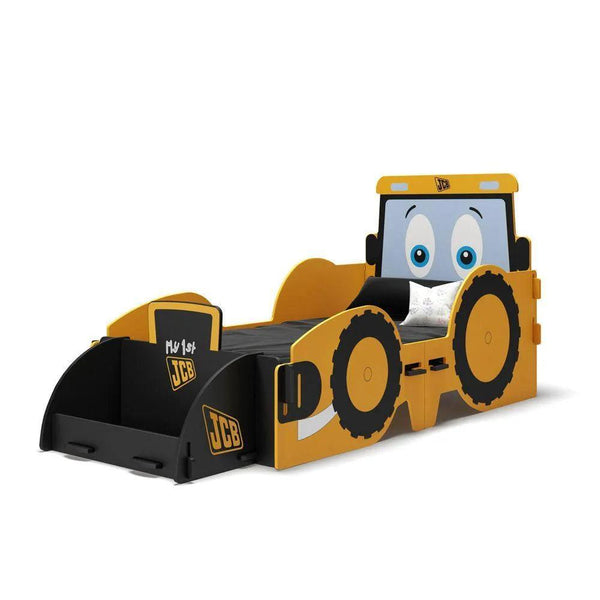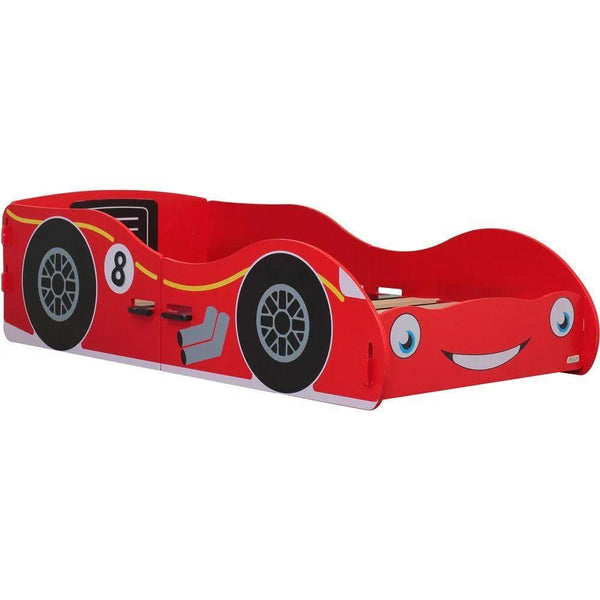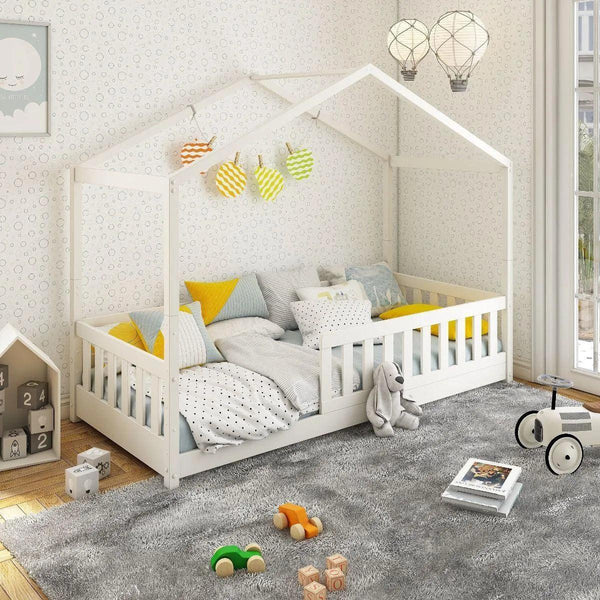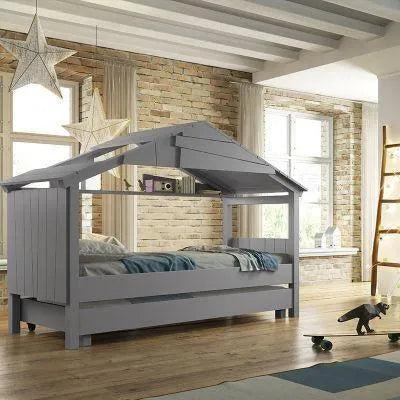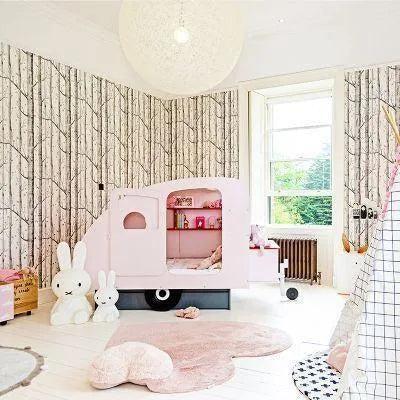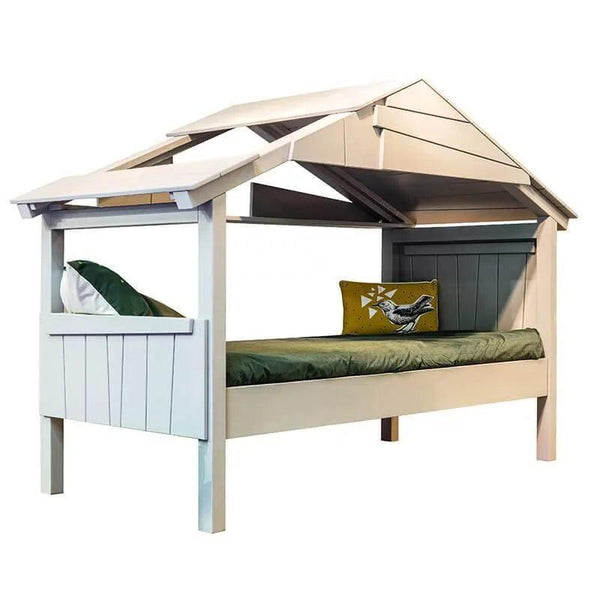What types of toddler beds work best for 3 year olds?
When your little one is ready to move from their cot, choosing the right toddler bed becomes crucial for their safety and good night’s sleep. Traditional toddler beds use a standard crib mattress and feature built-in safety rails, making them perfect for children who are taking this big step. These bed frames sit low to the ground and provide extra peace of mind while your child grows accustomed to their new bed. For those wanting longer-term value, single beds positioned close to the floor offer more room as your child develops. Themed beds featuring cars, princesses, or favorite characters can transform bedtime into bedtime fun, while cabin beds with built in storage maximize space in smaller rooms. Bunk beds suit families with multiple children, though safety considerations become paramount at this young age.
Essential safety features every toddler bed should have
Child’s safety must be the top priority when selecting the correct bed for a 3 year old. Some will even ask themselves what does a bed for 3 year old look like. Look for toddler bed frames with guardrails at least 5 inches above the mattress surface to prevent rolling and falling during the night. The bed should sit no higher than 17 inches from the floor to minimize injury risk if your little one does climb out. All our beds feature rounded edges and smooth surfaces to eliminate sharp corners that could cause harm. Sturdy materials like solid wood or powder-coated metal ensure the bed frame won’t wobble when your toddler moves around. Check that slat spacing measures no more than 2.4 inches apart to prevent entrapment, and ensure all finishes are non-toxic and safe for children’s rooms.
How room size influences your toddler bed choice
The size of your child’s room plays a significant role in determining suitable bed options. Standard toddler beds measure approximately 28 inches wide by 52 inches long, fitting perfectly in most bedrooms while leaving space for toys and play areas. If you have more room available, consider a standard single bed that your child can use well into their school years. Cabin beds and high sleeper options work brilliantly in smaller spaces, offering storage underneath for bedding, clothes, and toys. Always ensure at least 24 inches of clearance around the bed for safe movement, and consider how the new toddler bed will fit alongside existing furniture like wardrobes and toy storage.
Materials that provide durability and peace of mind
Quality toddler beds rely on sturdy materials that can withstand active children while maintaining safety standards. Solid wood construction offers excellent durability and natural appeal, with pine and beech being popular choices that suit various room styles. Metal bed frames provide easy cleaning and modern aesthetics, particularly practical for busy parents managing frequent bedding changes. Look for water-based, non-toxic finishes that won’t emit harmful chemicals in your child’s bedroom. Avoid particle board options, as these may contain formaldehyde and lack the structural integrity needed for growing toddlers. The best materials balance safety, longevity, and style while fitting your budget and décor preferences.
Creating the perfect bedtime environment for better sleep
A well-chosen toddler bed forms the foundation of healthy bedtime routines that ensure your little one gets quality rest all night long. Position the bed away from windows and radiators to maintain consistent temperature, and ensure easy access to the door so your child feels secure. Complement your new bed with appropriate bedding - avoid heavy blankets and opt for fitted sheets that stay snug throughout the night. Consider beds with built-in features like reading nooks or small shelves for bedtime stories and comfort items. The transition from cot to toddler bed represents a significant stage in your child’s development, so choose options that make this big step feel exciting rather than overwhelming.
Signs your child is ready for their own bed
Most children show clear signs they’re ready to move from their cot between ages 2-4, with 3 being a common transition point. Watch for climbing attempts, as this indicates your little one has outgrown the safety of cot sides. If your toddler expresses interest in a “big boy” or “big girl” bed, they’re likely mentally prepared for the change. Physical signs include reaching the weight limit of their current sleeping arrangement or appearing cramped in their cot. Some parents find the transition easier when linked to other developmental milestones like potty training or starting nursery. Remember that every child develops differently, so trust your instincts about when your toddler seems ready for this important step toward independence.
